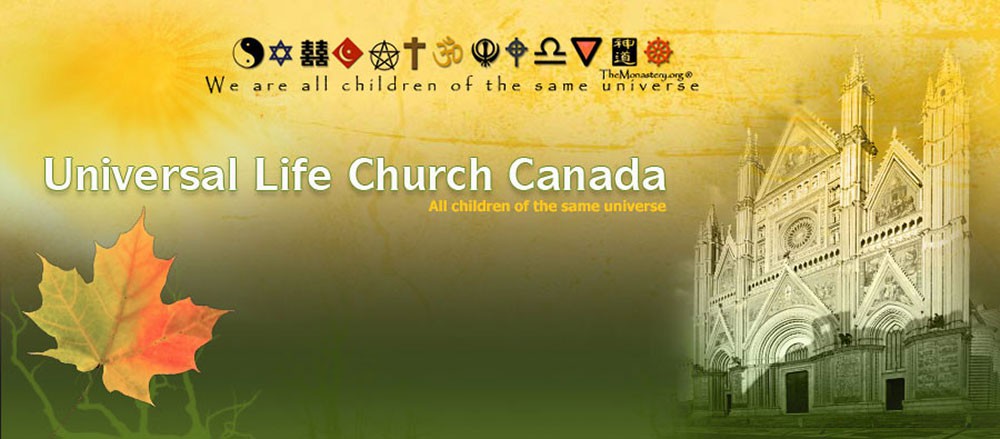
For LGBT and forward-thinking couples, navigating gendered language at weddings can be difficult. Fortunately, there are many alternatives that couples should consider.
Wedding-related language can be incredibly gender-specific, especially considering that most nuptial traditions developed with a bride and a groom in mind. For LGBTQ individuals as well as couples wishing to adopt forward-thinking approaches, navigating gendered language and finding more inclusive wording alternatives can seem challenging. Fortunately, useful and meaningful replacements do exist. Digging deeper into traditional words while learning about non-gendered alternatives can prove to be fascinating.
Non-Gendered Alternatives for “Bride” and “Groom”
Browse through most wedding websites and you’ll notice the gendered words “bride” and “groom” used heavily, although some now include gender-neutral terms in their planning advice and guides. The Online Etymology Dictionary’s entries for “bride” and “groom” are particularly revealing. While both are derived from Old English and Germanic words, “bride” comes from older words that explicitly referred to a soon-to-be-married woman, while earlier versions of “groom” denoted a young male regardless of his marital status.
Thankfully, The Knot’s Ivy Jacobson divulges that you have some potential replacements for these words at your disposal. When crafting language for your invitations, website, save-the-dates, and other materials, you can swap them out for several alternatives:
- Partner
- Life partner
- Spouse-to-be
- Combinations such as “gride” or “broom”
- Nearlyweds
- Marrier
- Celebrant
“I Now Pronounce You…”
When pondering how to compose non-gendered language for your wedding, don’t forget to chat with your officiant about your preferred linguistic alternatives. As you collaborate in composing your ceremony script, pay attention to common phrases such as “I now pronounce you man and wife” and “You may kiss the bride.” In a December 2017 Martha Stewart Weddings piece, contributing writer Jenn Sinrich suggests “I now pronounce you married” and “You may kiss your partner” as potential substitutes.
Bon Mots for Your Wedding Party
A traditional wedding party usually consisted of one maid of honor, one best man, several bridesmaids and groomsmen, junior attendants, and possibly both a ring bearer and a flower girl. Wedding Wire contributor Whitney Teal suggests several alternatives to these customary roles. “Honor attendant” can easily be used in place of “maid of honor” or “best man,” but Teal also proposes other titles such as “best woman,” “man of honor,” or “friend of honor.” Teal also suggests that you could collectively call your attendants a “wedding council” and designate that each person will help you pull off your special day.
How To Handle Honorific Titles
Honorifics such as “Mr.” and “Ms.” may indicate gender, age, and possibly the marital status of the person in question. However, these titles typically don’t work for nonbinary or genderqueer individuals. The Oxford English Dictionary, Merriam-Webster, and Dictionary.com all added “Mx.” to their listings between 2015 and 2017. First coined in the late 1970s, “Mx.” is pronounced “mix” or “mux” and is a gender-neutral honorific that’s now in widespread use.
The Equality Institute lists several additional non-gendered alternatives, including “Ser” and “Ind.” When in doubt, it’s wise to ask your guests about their proper titles before you ship off your save-the-date cards or invitations. As for you and your partner, you can simply omit honorifics for yourselves in your written materials.
Shaping Your Wedding To Fit Your Values
Traditions often morph or fade in the face of new social developments and individual priorities. While nearly every Western culture relied on gender-coded norms to dictate behavior, more people are questioning the need for these norms as well as the very existence of the gender binary. Such changes are also ushering in a deeper examination of the place of gendered language within weddings. With the desire to break free from tradition and choose alternatives, couples are developing new wording or using existing terms in different ways for each other as well as their guests and friends.



